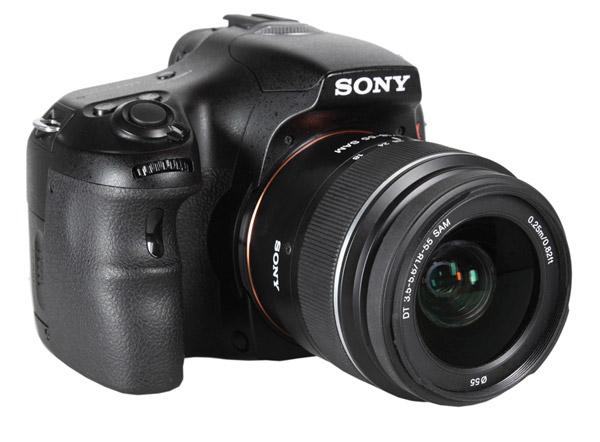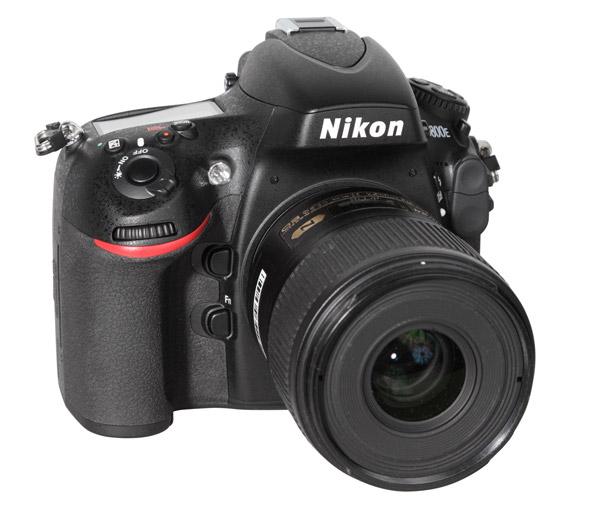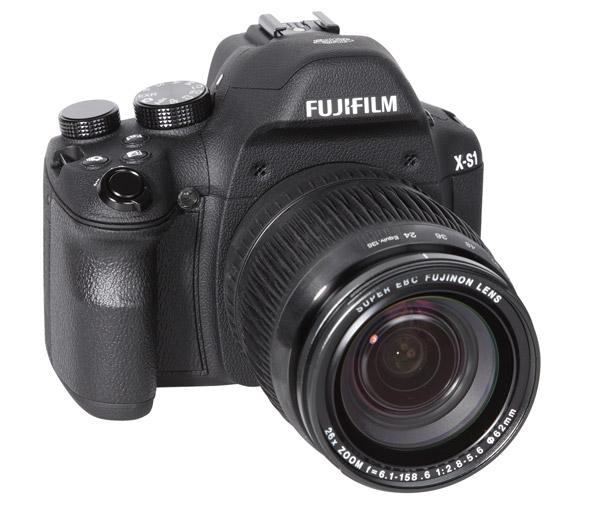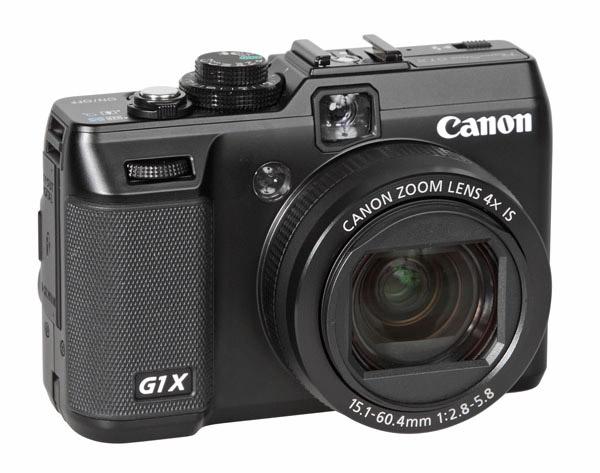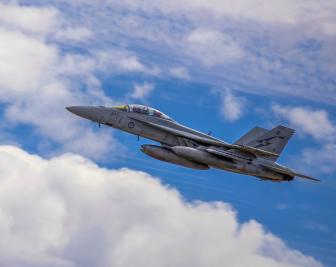Edited by George Schaub
|
Jul 09, 2012 |
First Published: Jun 01, 2012
|
Jun 28, 2012
|
Jun 13, 2012 |
First Published: May 01, 2012
|
May 25, 2012 |
First Published: Apr 01, 2012


